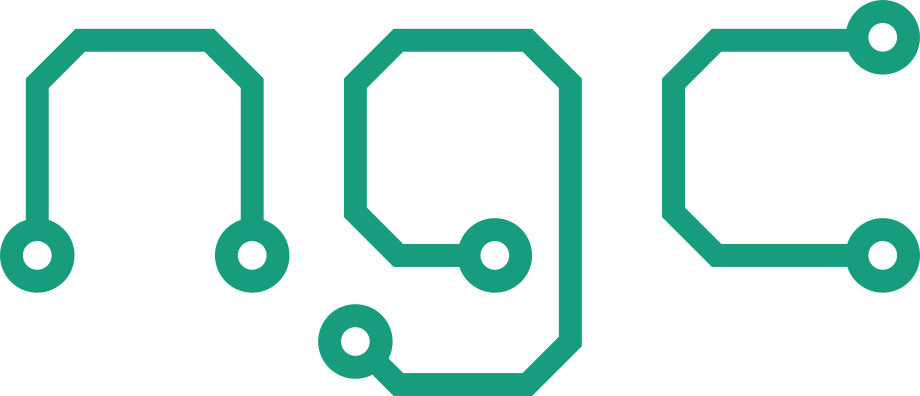Biocomputing utilizing biological molecules is an area of unconventional computing often referred to as a subset of molecular computing that merges principles from biology, computer science, and engineering.
At its core, this approach leverages the inherent computational abilities of biological molecules, such as DNA, RNA, proteins, and enzymes, to perform information processing and storage tasks.
Bio-computing exploits the versatility of biological molecules for both information processing and molecular computation. Synthetic biology techniques enable the construction of biological circuits and systems. Specialized structures like DNA origami use three-dimensional molecular structures for information storage and processing. Aptamers, with their specific binding capabilities, find applications in targeted sensing and recognition within the realm of Biocomputing.
Literature
| Title | Author | Year |
| DNA computing: applications and challenges | Z. Ezziane | 2015 |
| DNA Computing: Origination, Motivation, and Goals – Illustrated Introduction | E. Katz | 2021 |
| Synthetic DNA applications in information technology | LC Meiser et al. | 2022 |
| Implementing digital computing with DNA-based switching circuits | F. Wang | 2020 |
| The art of molecular computing: Whence and whither | S. Gangadharan & K. Raman | 2021 |
| Fundamentals of natural computing: an overview | L. Nunes de Castro | 2017 |
